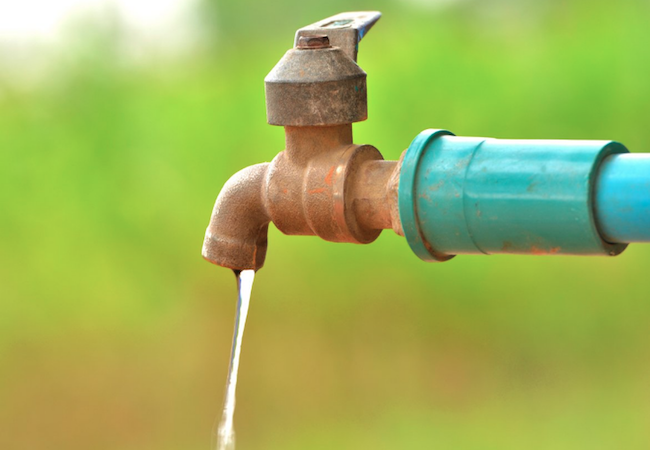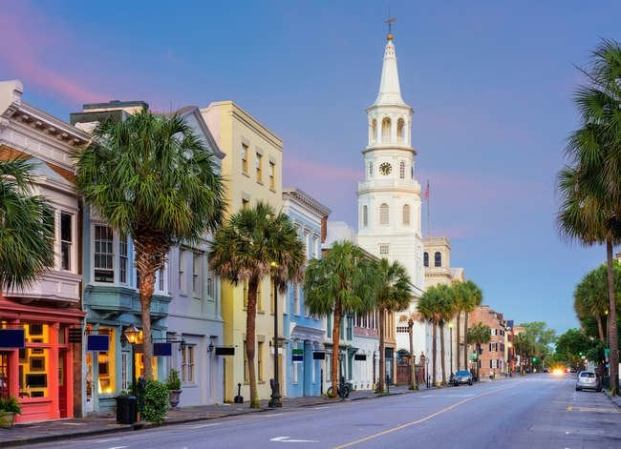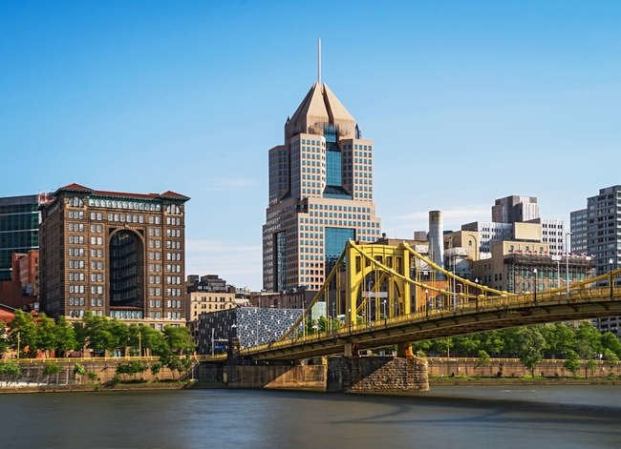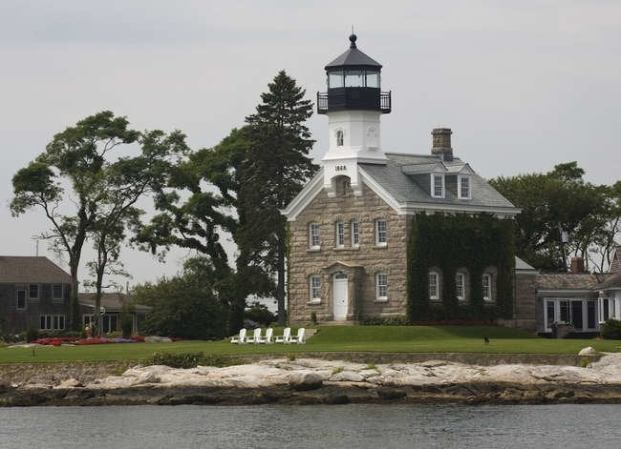We may earn revenue from the products available on this page and participate in affiliate programs. Learn More ›
Fresno, California
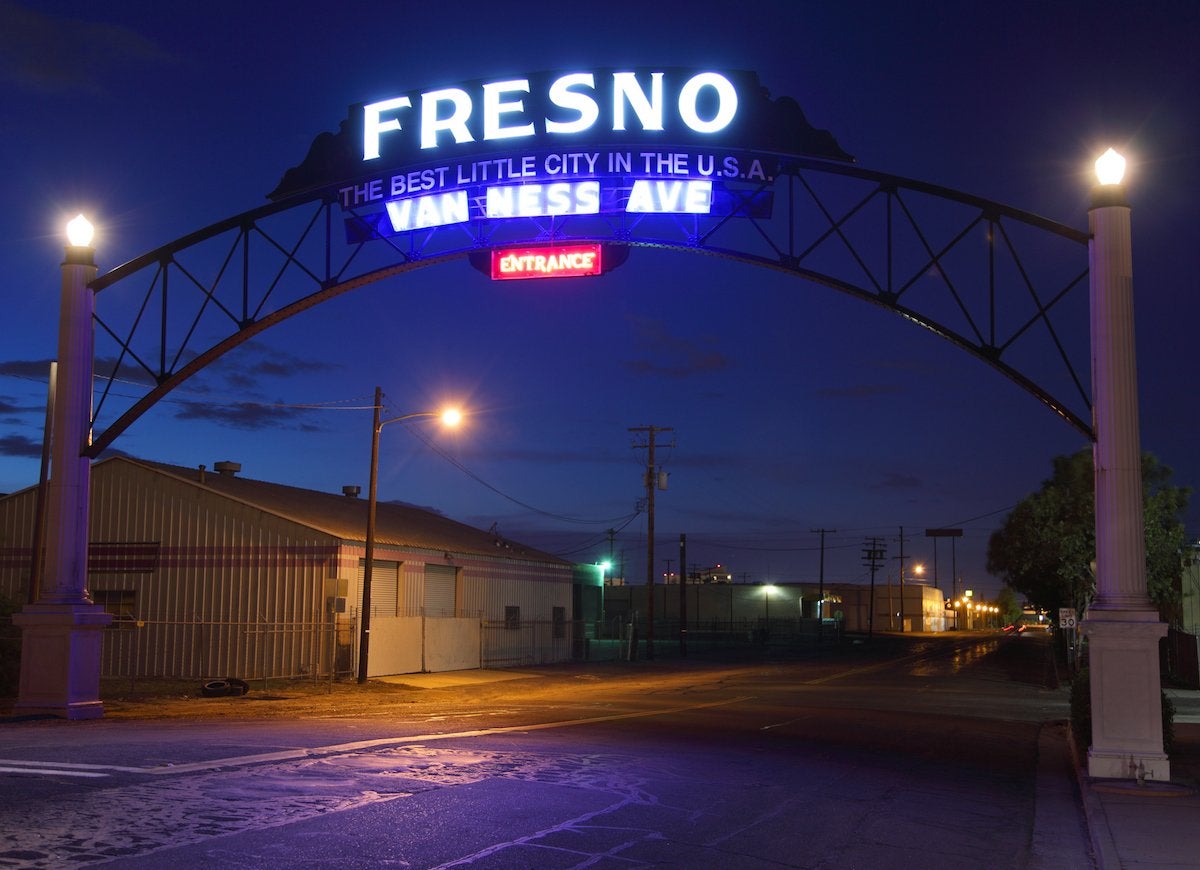
Many communities in California show up on lists of towns with bad drinking water, but Fresno has the distinction of having been identified as one of the worst by SimpleWater, an award-winning science and health services firm founded at the University of California, Berkeley. According to a 2017 report, Fresno had a total of 19 contaminants, including arsenic, ethylene dibromide (EDB), manganese, nitrate, combined uranium, aluminum, DBCP, trichloroethylene, and other pollutants resulting from mining waste.
Modesto, California
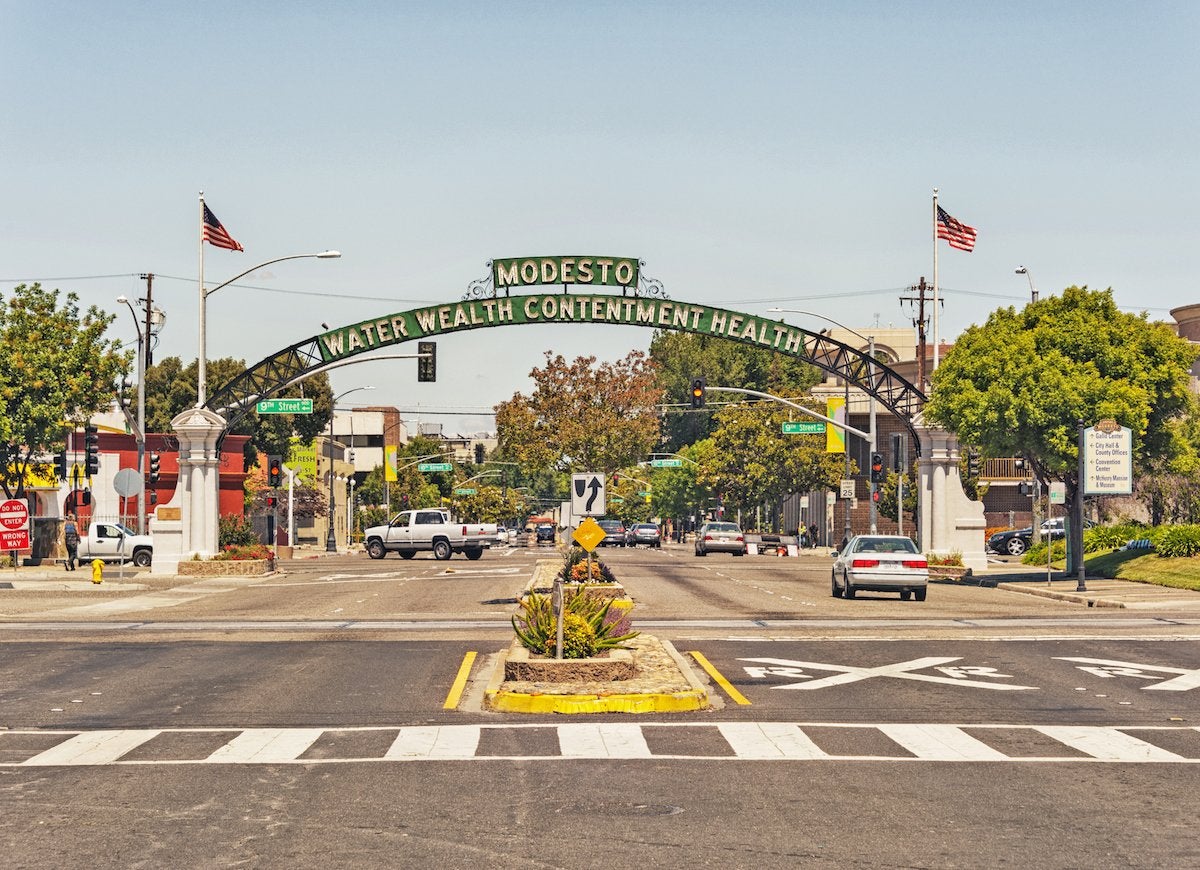
Another California city, Modesto, topped the worst drinking water list compiled by health and lifestyle website Best Life. Modesto was cited for having more than 13 different contaminants at averages above health guidelines. Many of these contaminants can be traced to widespread local use of agricultural chemicals.
Pittsburgh, Pennsylvania
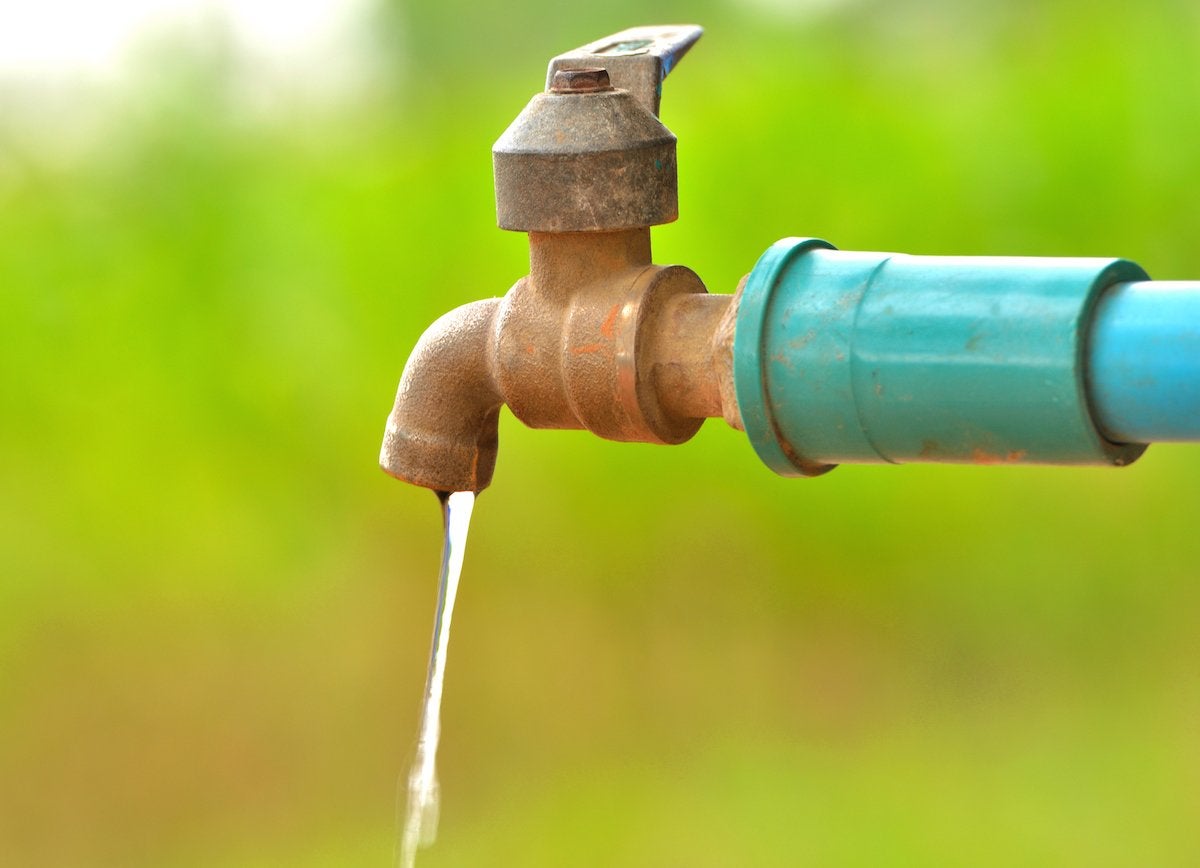
Lead consumption is unsafe at any level, but according to U.S. EPA regulations, lead concentrations in water must be below 15 parts per billion—an amount that Pittsburgh’s tap water has exceeded since the summer of 2016. (It recently tested at 21 parts per billion.) The Pittsburgh Water and Sewer Authority has been addressing the problem by replacing a portion of the city’s lead pipes every year, but construction is slow going, which leaves pregnant women and children at particular risk for lead-related illnesses.
Brady, Texas
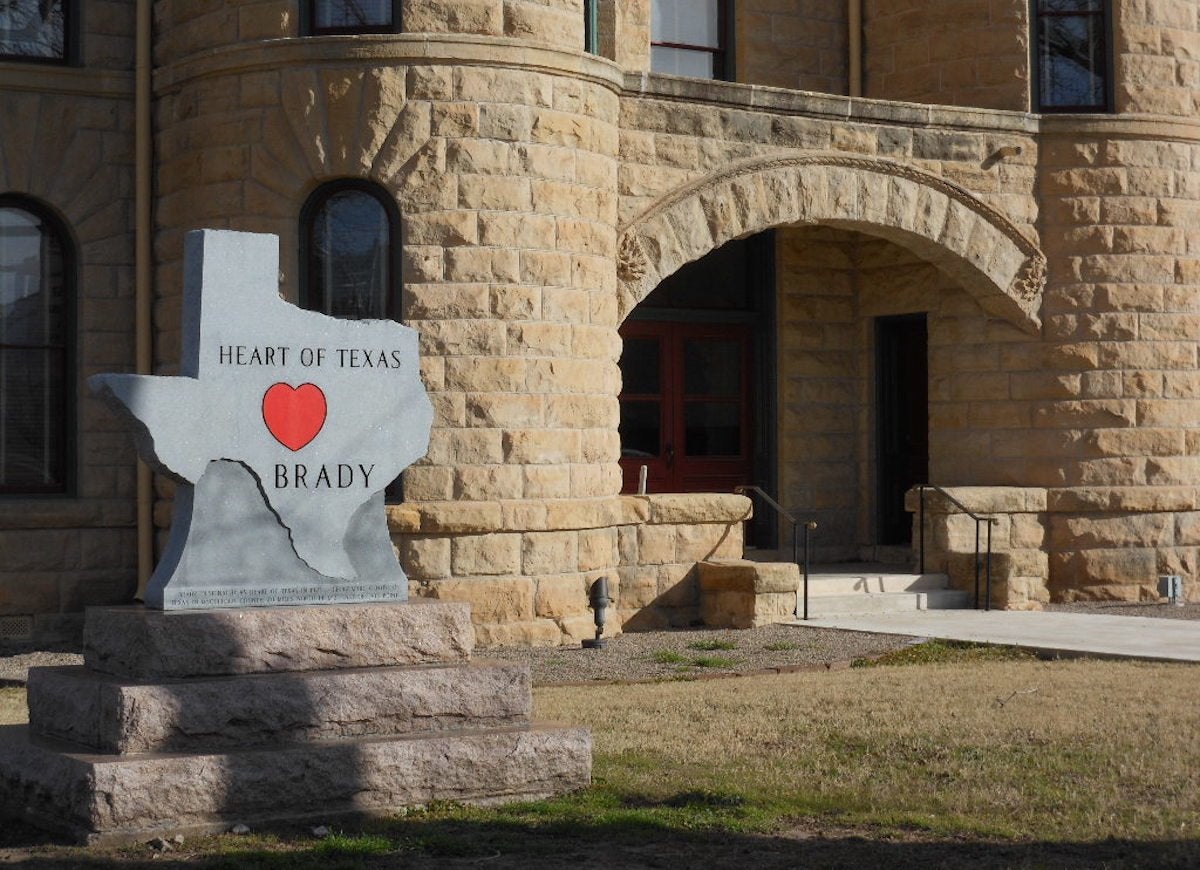
flickr.com via mikecogh
Much of the water in Texas is contaminated by radium, a radioactive element that has been identified as a carcinogen. According to the nonprofit Environmental Working Group, more than 170 million Americans are exposed to radium in their tap water—22 million of them in Texas alone. In Brady, radium levels in the tap water are nine times higher than the legal limit. Although the city’s regularly released public drinking water notices indicate that there is no state of emergency and the water can be consumed, residents are cautioned that doing so can increase their risk of getting cancer.
Omaha, Nebraska
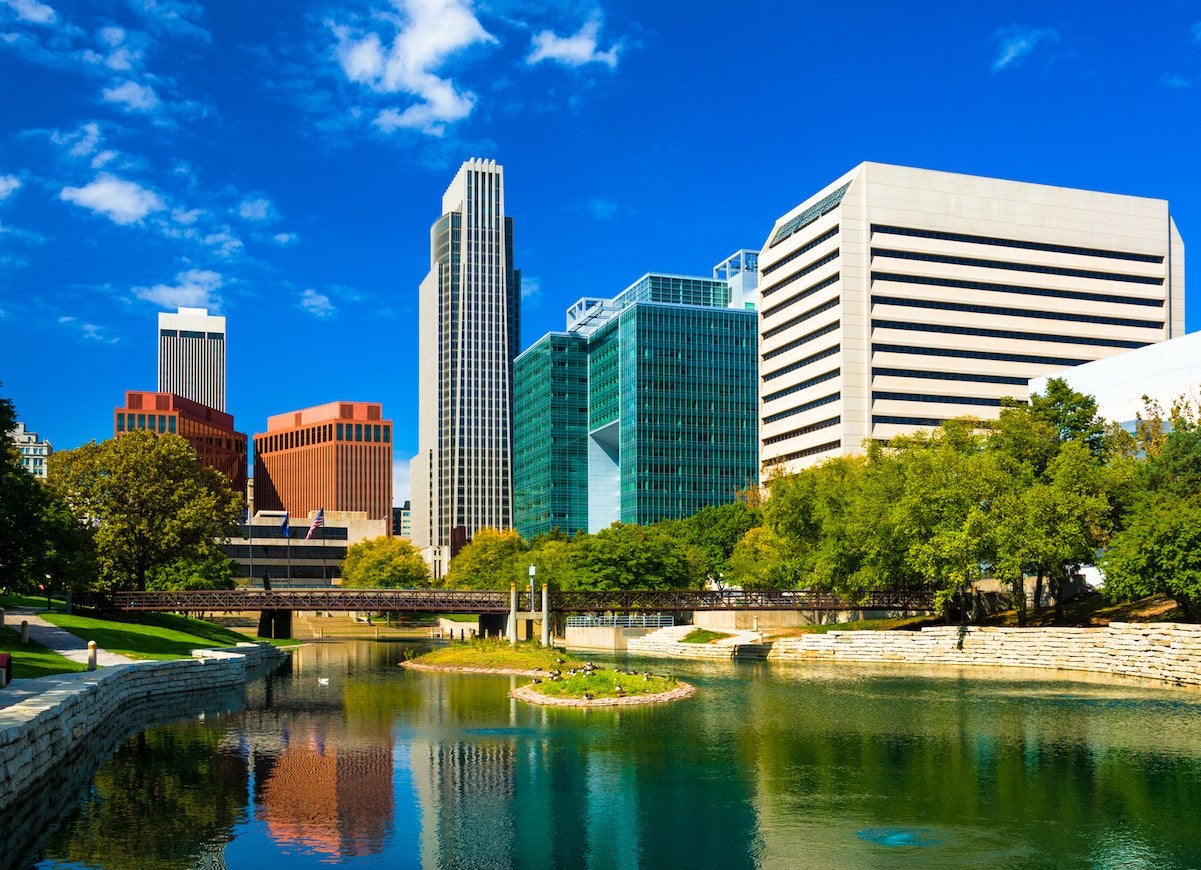
Located along the banks of the Missouri River, the most populous city in Nebraska is home to some 466,893 people, all of whom could be affected by the city’s water quality issues. Tap water in Omaha is polluted by arsenic, lead, and 18 other listed contaminants, including nitrate and nitrite, atrazine, manganese, and total trihalomethanes. Although the contamination levels do not exceed federal limits and the water is considered safe to drink, it may come as a relief to Omaha residents that the EPA has issued a $69.7 million loan to build the Saddle Creek Retention Treatment Basin, which will treat wastewater and keep more dangerous chemicals out of the water supply.
Houston, Texas
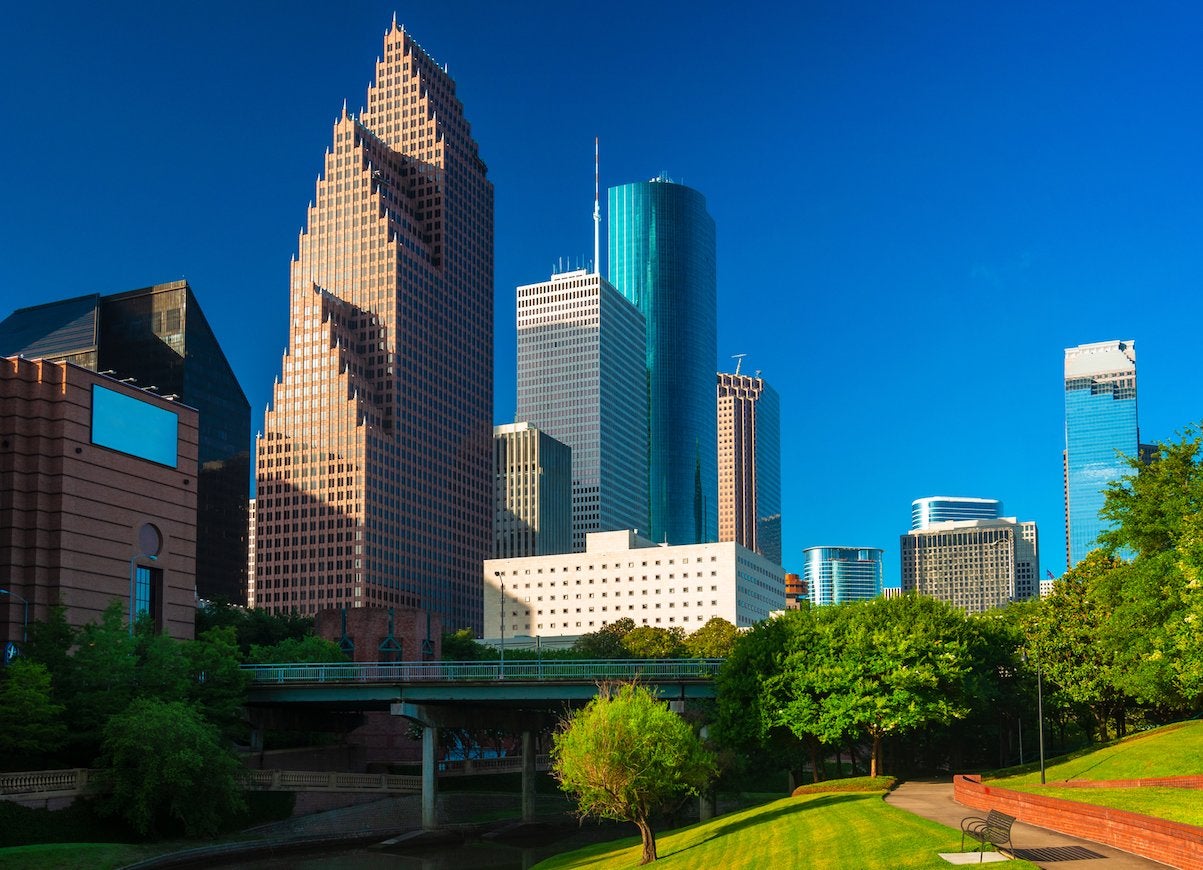
According to SimpleWater’s list, Houston has the third worst drinking water in the country, with 18 contaminants exceeding federal health guidelines, including arsenic, lead, chloroform, and benzene.
Midland, Texas
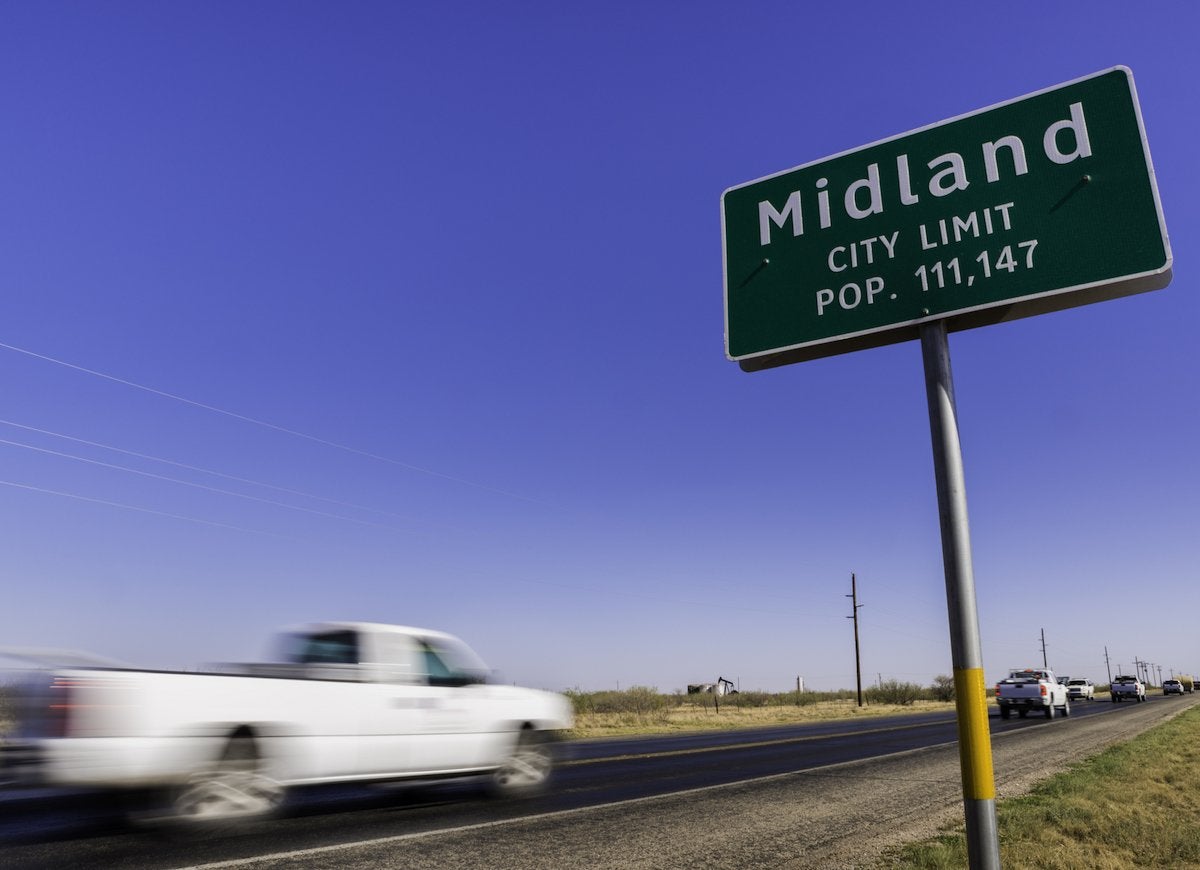
Best Life ranked Midland, Texas, with 13 reported contaminants, as having the second worst water quality in the nation.
Milwaukee, Wisconsin
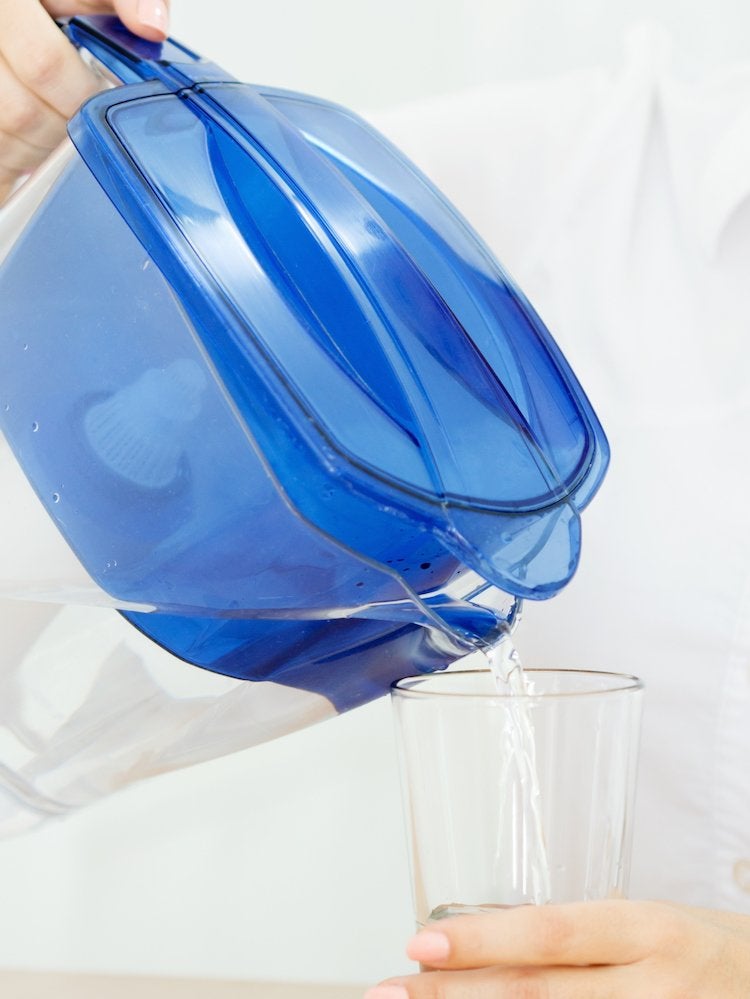
Milwaukee, which draws its drinking water from Lake Michigan, is suffering from lead contamination resulting in part from the age of its municipal plumbing system. Although Milwaukee’s water is in compliance with federal guidelines, in 2016 the mayor advised anyone living in a home built before 1951 to install a water filter to protect against lead. Milwaukee’s water also has high concentrations of chromium 6, which is not fully regulated by the EPA, as well as high levels of disinfection by-products (DBPs), which are considered contaminants of emerging concern.
Reno, Nevada
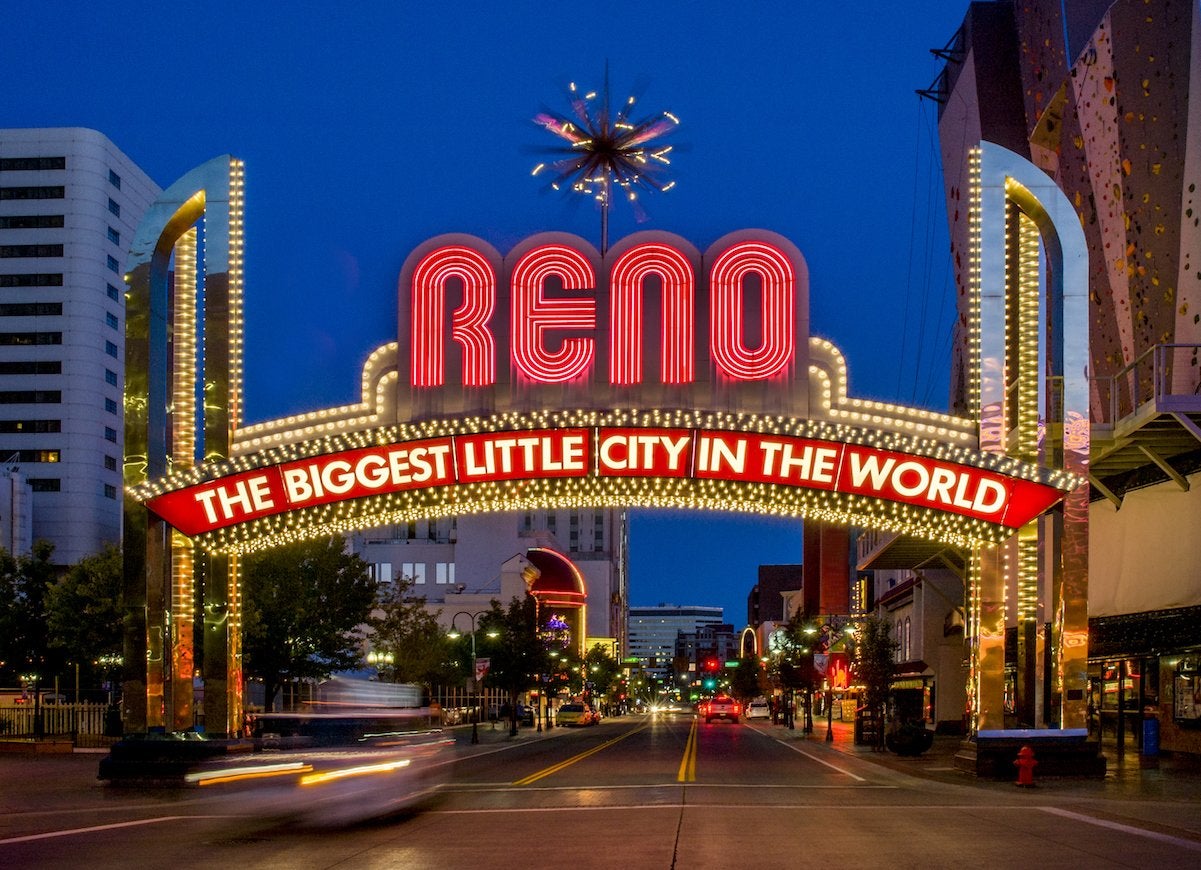
Famous for its casinos, the Biggest Little City in the World has also achieved notoriety as one of the U.S. cities with the worst drinking water. Reno’s water supply has been found to contain more than 11 contaminants, including arsenic, manganese, and tetrachloroethylene, at levels exceeding EPA limits.
Las Vegas, Nevada
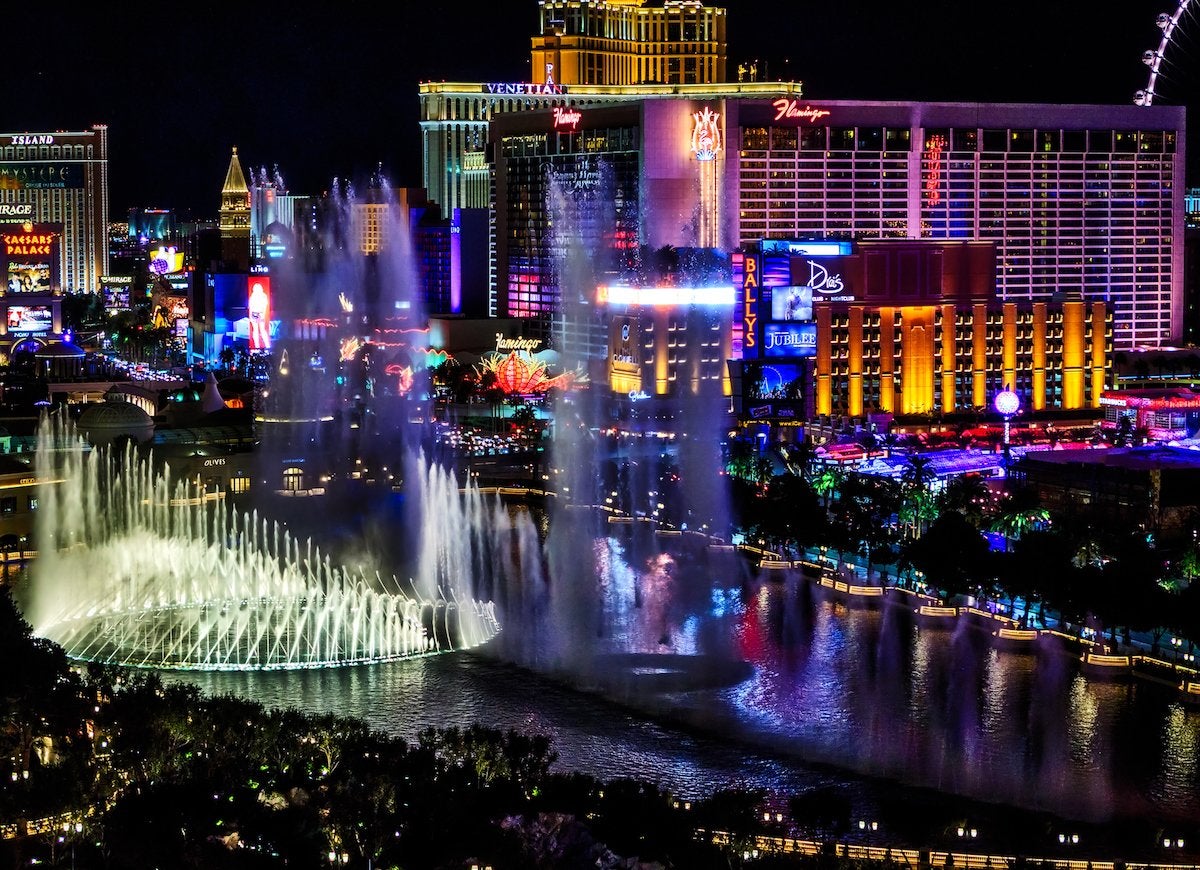
Both Las Vegas and North Las Vegas have earned reputations for having some of the worst drinking water in America. The nonprofit Environmental Working Group found 23 contaminants in the Las Vegas water supply, nine of them above either health or legal limits. These contaminants include arsenic, lead, and uranium.
Jacksonville, Florida
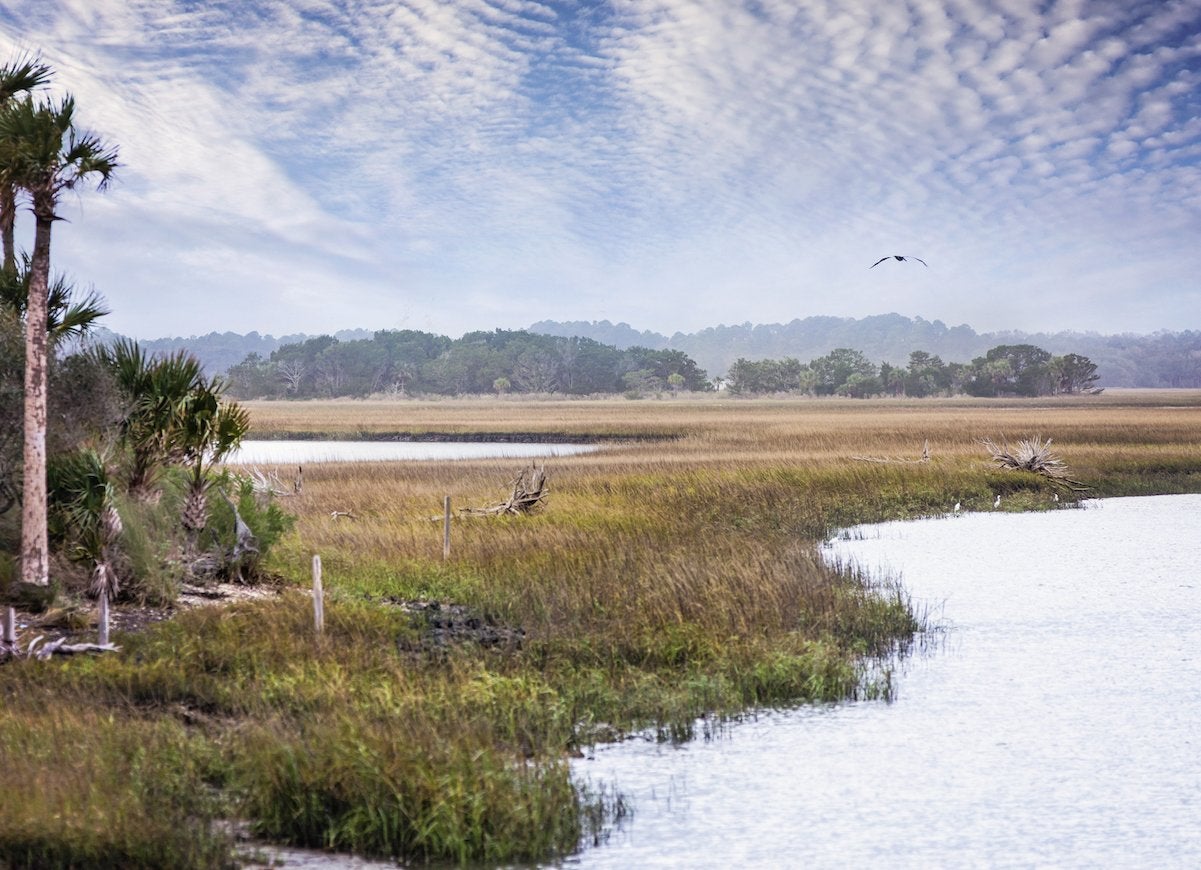
A number of communities in Florida suffer from poor water quality, caused in part by agricultural pesticides and fertilizers. Tests of tap water in Jacksonville found 12 contaminants exceeding health and legal guidelines, including arsenic, lead, cadmium, and total trihalomethanes.
Flint, Michigan
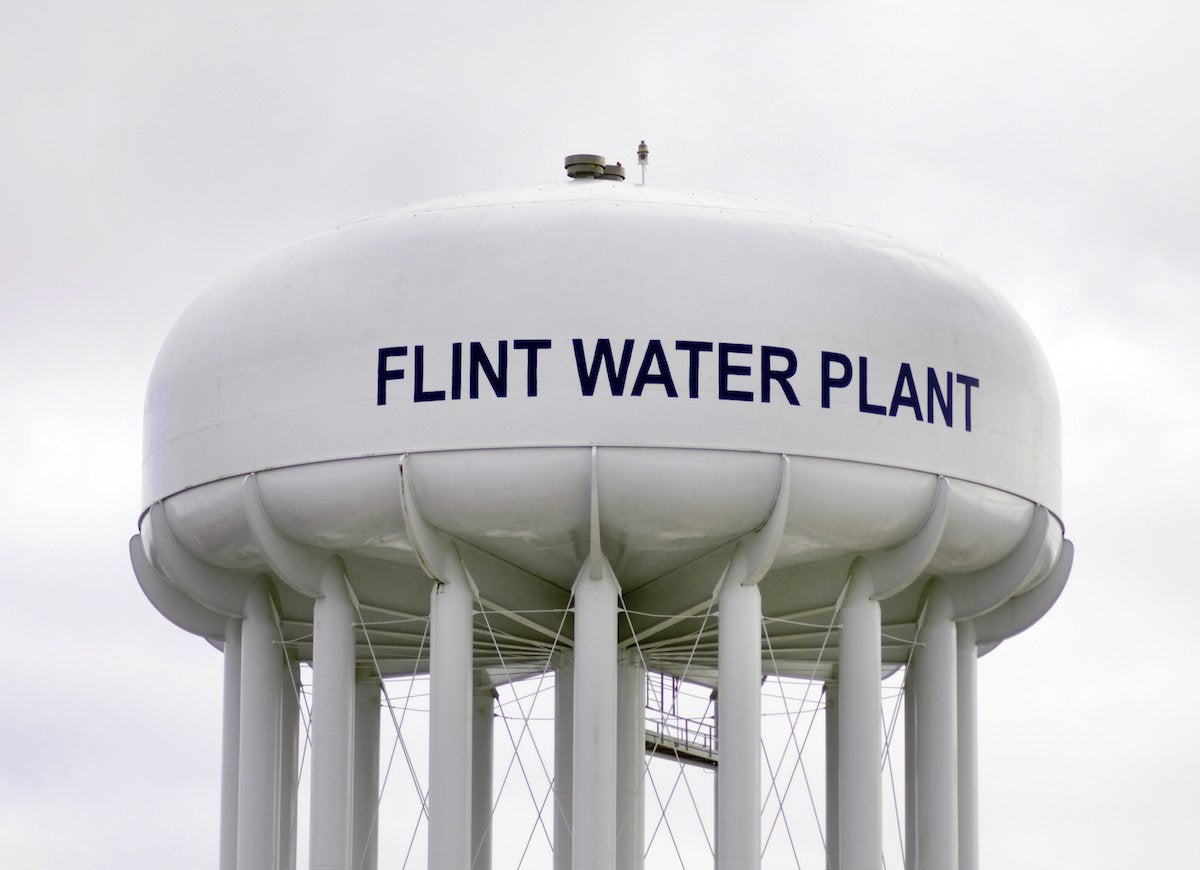
Now synonymous with lead poisoning, the city of Flint is still recovering from a policy change that resulted in massive lead contamination of municipal tap water. Although lead levels have dropped to about 12 parts per billion—below the federal limit of 15 parts per billion—city officials say individual homes may still experience contamination from the lead pipes found throughout the city. Though lead levels in the water have improved, because medical professionals have not identified a safe blood lead level in children, many parents and community members in Flint are hesitant or unwilling to serve tap water to children. State and federal programs have promised to replace more than 18,000 lead-contaminated service lines across the city; as of December 2017, some 6,000 pipes had been replaced, but work is moving slowly and the project is not expected to be completed until 2020.
Related: After Disaster: 8 U.S. Cities That Went from Ruin to Rebirth
Navajo Nation in New Mexico

Although Native American tribes have sovereignty over their own land, mining companies have long extracted gold, uranium, and coal from tribal-owned land with or without approval. The waste generated by this industry has led to dangerous contamination in the waterways and wells on which many Native Americans rely for drinking water. Obtaining federal assistance to clean up the water is a formidable challenge, so some grassroots organizations are addressing the issue directly: The Navajo Water Utility Authority and the nonprofit DigDeep are working hard to provide clean water to Navajo families.
Related: 20 Amazing Places You Aren’t Allowed to Visit

